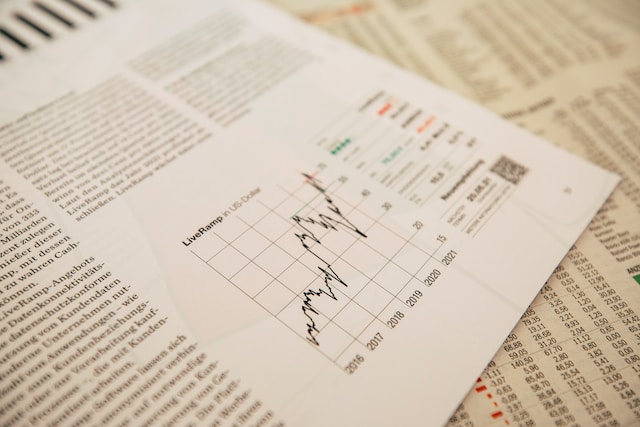

LinkedIn’s history and development: from a start-up to a global network of professionals
LinkedIn is one of the most important social networking platforms in the world, dominated by professionals, entrepreneurs, recruiters and career developers. But how did LinkedIn gain such immense popularity and become an indispensable tool in the working world? Let's take a look at its history and key moments of development.
The origins of LinkedIn: a humble Silicon Valley start-up
LinkedIn's story begins in 2002, when Reid Hoffman, a former PayPal vice president, decided to create a platform that would facilitate professional networking. The idea was born out of the need to create a place where professionals could exchange knowledge, experiences and advance their careers.
The platform officially launched on May 5, 2003, with a team consisting of Hoffman and four co-founders, Allen Blue, Konstantin Guericke, Eric Ly and Jean-Luc Vaillant. Initially, the number of users grew slowly - the first million registered users were only reached in 2004. However, this was the moment that paved the way for further growth.
Years 2005-2010: Growth and key functionalities
LinkedIn grew in popularity with the introduction of groundbreaking features:
- User recommendations - allowed users to build professional credibility.
- Job listings - allowed recruiters to reach out to potential candidates.
- Paid subscriptions - introduced in 2005, paved the way for monetization of the platform.
In 2008, LinkedIn surpassed the threshold of 30 million users and became a global platform, with users from more than 150 countries. During this period, the first offices outside the US were also opened.
IPO and the Microsoft era
In May 2011, LinkedIn went public on the stock exchange (New York Stock Exchange), debuting with a share price of $45. The IPO was a huge success, and the company's value skyrocketed.
But the biggest change came with Microsoft's acquisition of LinkedIn in June 2016 for $26.2 billion. It was one of the largest deals in Silicon Valley history. Microsoft integrated LinkedIn into many of its products, such as Office 365, Outlook and Teams, which significantly increased the platform's functionality.
LinkedIn today: a global network of professionals
Today, LinkedIn has more than 950 million users and operates in more than 200 countries. It has become the platform of first choice for:
- Professionals who want to advance their careers.
- Companies looking for talent.
- B2B marketers who want to reach a specific target audience.
Regular updates, such as the introduction of Stories, newsletter features and improved analytics tools, show that LinkedIn continues to adapt to changing market needs.
Key success factors
1. Unique focus on professionals - LinkedIn differed from Facebook or Twitter from the beginning, with a focus on career development and networking.
2. Monetization - the premium subscription model and ad fees have allowed for steady growth.
3. Globalization - translating the platform into different languages and opening local offices made it easier to reach new markets.
4. Partnership with Microsoft - the synergy of the two companies allowed the expansion of functionality and better adaptation to the needs of corporate users.
The future of LinkedIn
LinkedIn is not slowing down and continues to expand its offerings. Artificial intelligence, automation of recruitment processes and an even greater emphasis on online education are areas the company is exploring. As a result, it remains at the forefront of innovative social networking platforms.
LinkedIn is not just a job search tool - it's a dynamic space that helps you build relationships, gain knowledge and develop your personal brand. Its history shows how bold ideas can turn into a global phenomenon.

